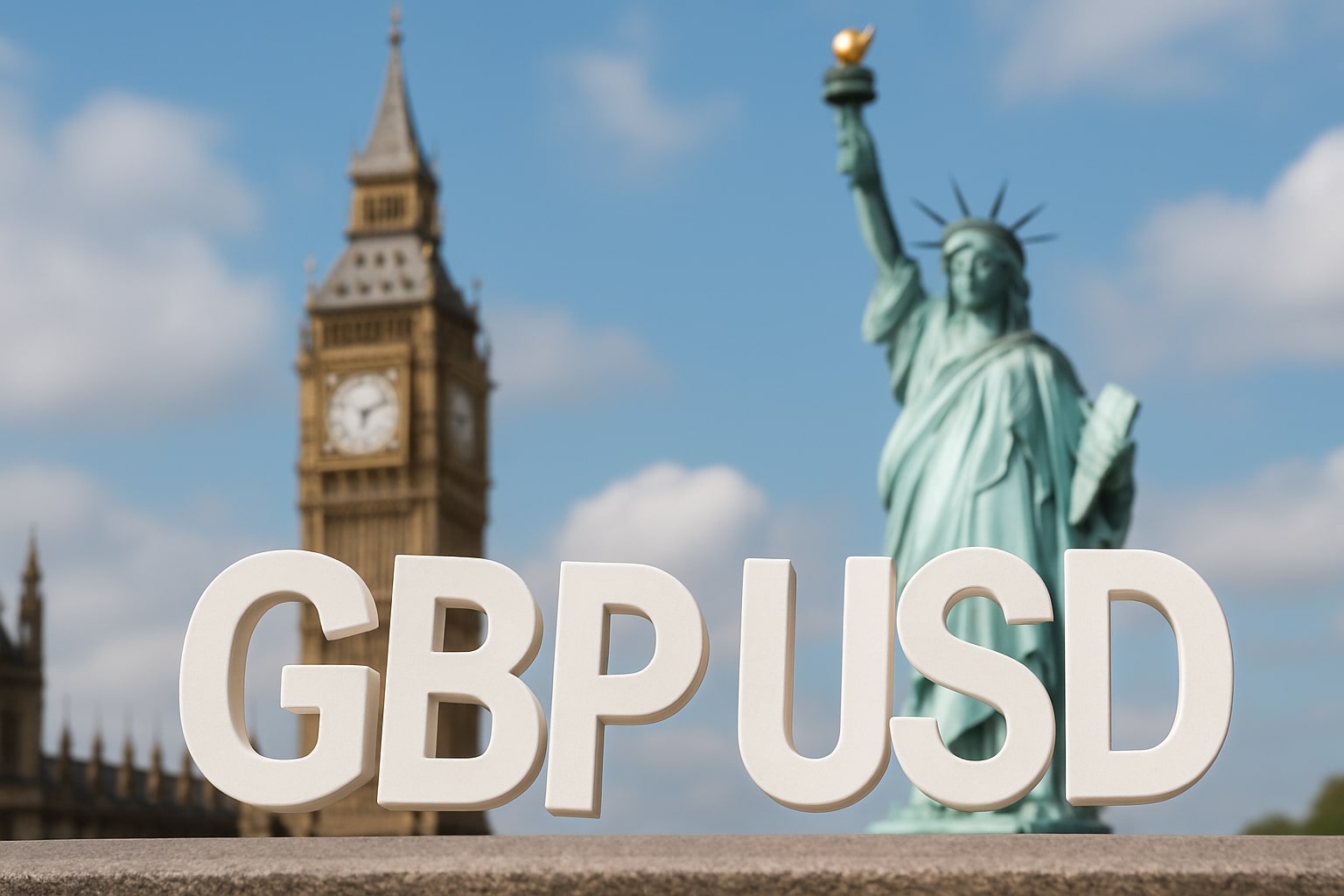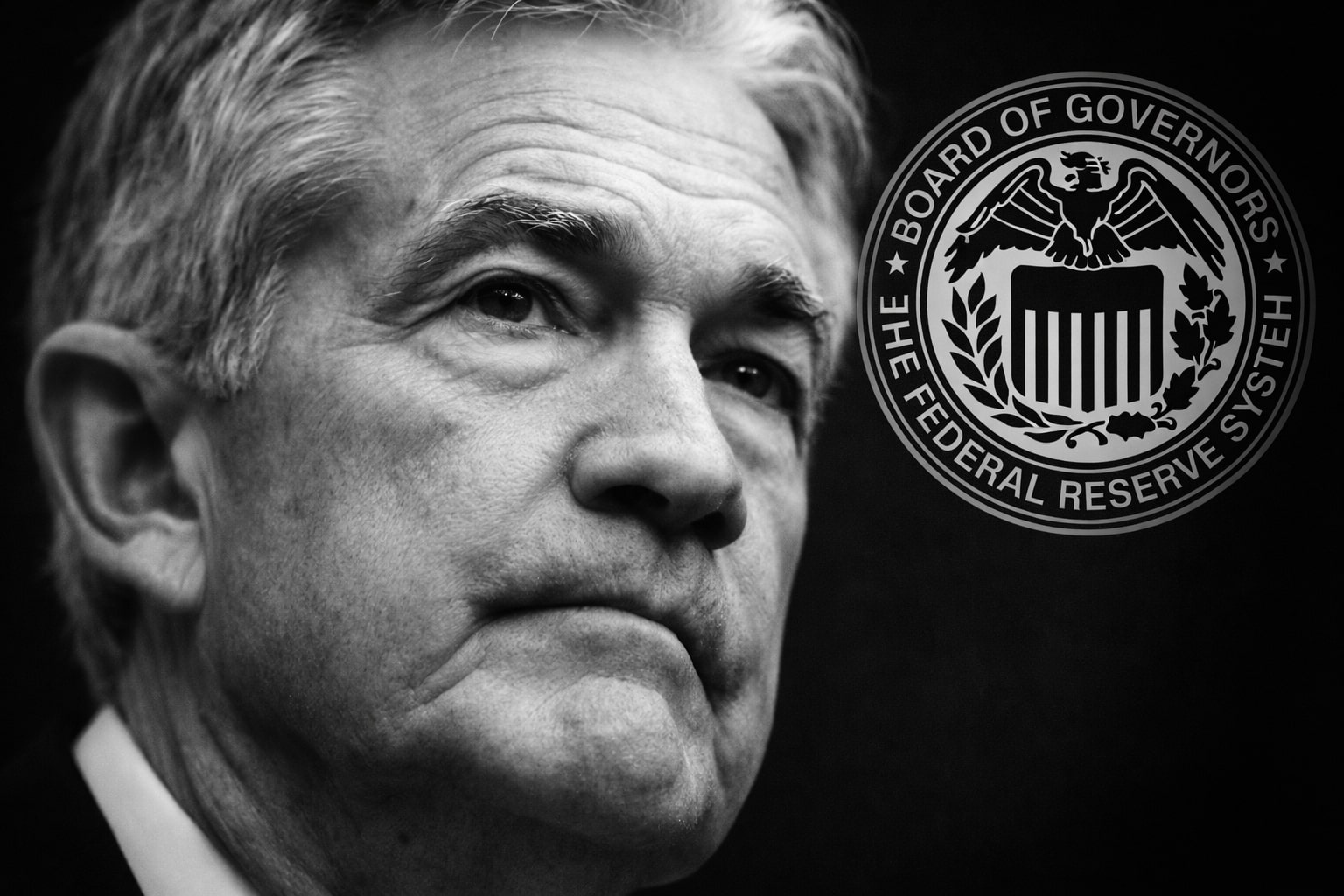GBP/USD Price Analysis: Resilience Amidst Economic Uncertainty – What’s Next for the Pair?
GBP/USD has been holding steady around 1.3300 in early trading this Wednesday, after bouncing back from a dip. Following a strong gain of over 1% in the previous session, the pair is now facing some significant resistance, with market participants awaiting critical data from both the UK and the US. The next few days will be crucial in determining the direction for GBP/USD, as key data releases from both economies could provide new insights into their respective economic health and guide the next moves in the forex market.
Labor Market Data and Economic Concerns: The UK’s Struggling Labor Market Puts Pressure on GBP/USD
The UK labor market figures have shown some concerning signs, which are likely to cap the potential for further gains in GBP/USD. The claimant count change in April increased by 5.2K, much lower than the previous month’s contraction of 16.9K, signaling weaker-than-expected employment growth. Additionally, the unemployment rate ticked up to 4.5%, marking its highest point since mid-2021. These figures, alongside the moderation in wage growth to 5.6%, point towards cooling economic conditions in the UK, which are likely to fuel market speculation that the Bank of England (BoE) may further cut interest rates.
This dovish outlook from the BoE could weigh on the British Pound, as lower interest rates tend to reduce the currency’s yield advantage, making it less attractive to investors. With the BoE’s cautious stance regarding inflation and economic growth, the GBP/USD could find it challenging to push significantly higher, especially as the market is bracing for further rate cuts. The Bank of England’s recent decision to cut rates to 4.25% reflects the ongoing concerns about inflationary pressures and slower growth, which could continue to dampen GBP’s strength.
US CPI Data Eases Fed Hawkish Outlook: USD Holds Steady, What Does This Mean for GBP/USD?
On the other side of the pond, the US Dollar (USD) remains resilient, bolstered by soft CPI data that has tempered expectations for the Federal Reserve’s tightening cycle. The US Consumer Price Index (CPI) for April came in slightly below estimates, with headline inflation at 2.3% YoY, missing the 2.4% forecast. Core CPI held steady at 2.8%, signaling a cooling of inflationary pressures in the US. This soft inflation data supports the view that the Fed may delay its plans for further interest rate hikes, which has been positive for the dollar.
However, despite the cooling inflation, the US dollar continues to maintain a strong position, supported by the ongoing trade truce between the US and China. The temporary reduction in tariffs between the two largest global economies has lifted risk appetite, leading to broad-market optimism. While the tariff rollback has been beneficial for risk assets, its impact on gold and safe-haven assets like GBP/USD has been a more muted reaction.
With GBP/USD facing resistance from both UK economic weaknesses and the resilience of the US Dollar, it’s clear that market sentiment remains in flux. Investors are eyeing the next US data points for more clues on the Fed’s policy path, while also keeping an eye on UK developments. The market’s focus is shifting towards Thursday’s US Producer Price Index (PPI) report and Friday’s University of Michigan Consumer Sentiment report, which could provide further insights into the Federal Reserve's next moves.
GBP/USD Technical Outlook: Key Resistance at $1.3317
From a technical perspective, GBP/USD is now testing a critical resistance level around $1.3317, which marks a key trendline. A break above this resistance would open the door for further gains towards the next targets at $1.3376 and $1.3442. The pair is currently holding above its 50-period exponential moving average (EMA) at $1.3279, indicating that the bullish momentum is intact as long as this level holds. A sustained move above $1.3317 could push GBP/USD towards the $1.3400 level and possibly extend the rally to higher levels.
However, if GBP/USD fails to hold above $1.3317 and dips back below the 50-period EMA, it could trigger a pullback towards support at $1.3212, which could act as a key level to watch in the short term. A break below this support level would suggest a bearish reversal, with potential downside targets at $1.3164 and the recent low at $1.3194. Traders should closely monitor the price action around these levels to assess the likelihood of a continuation of the current trend.
Central Bank Divergence: The Key Driver for GBP/USD Movements
The divergence in monetary policy between the Bank of England and the Federal Reserve will likely remain a key driver for GBP/USD in the near term. The market is pricing in two rate cuts by the Federal Reserve by the end of 2025, which suggests a more dovish Fed stance in the coming months. In contrast, the Bank of England’s cautious approach to economic growth and inflation could keep its policy rates relatively stable for the time being. This policy divergence may continue to put pressure on the British Pound, especially if the US economy shows signs of further resilience while the UK’s economic challenges persist.
GBP/USD Price Forecast: How Much Room for Upside?
With the ongoing economic challenges in the UK, GBP/USD may struggle to break decisively above the $1.3317 resistance in the short term. The soft labor data and the likelihood of further interest rate cuts from the BoE create a headwind for the Pound, which could weigh on GBP/USD. On the other hand, if the GBP/USD pair manages to break above this resistance and holds above key support levels, it could indicate that the market is ready to push towards the higher targets at $1.3376 and $1.3442.
The broader sentiment towards global risk assets, particularly in relation to the ongoing US-China trade developments and inflation data, will also play a significant role in determining the direction for GBP/USD. A continued shift in market sentiment towards riskier assets, such as equities, could result in further consolidation for the pair, with traders looking for confirmation from upcoming data releases to drive the next leg of the move.
Conclusion: Buy, Sell, or Hold for GBP/USD?
In light of the current economic and technical outlook, GBP/USD appears to be in a consolidation phase. The currency pair faces significant resistance at $1.3317, and a decisive break above this level would be needed to signal a bullish continuation. However, with the BoE’s dovish stance and soft UK labor data, there is a risk that GBP/USD may struggle to maintain momentum in the short term.
Given the current market conditions, GBP/USD could be seen as a Hold, with the potential for a breakout above $1.3317. However, should the price retreat back below $1.3279, it may signal a potential bearish shift, and traders might want to reconsider their positions. As always, market participants should remain cautious and wait for clearer signals from upcoming data releases.




















